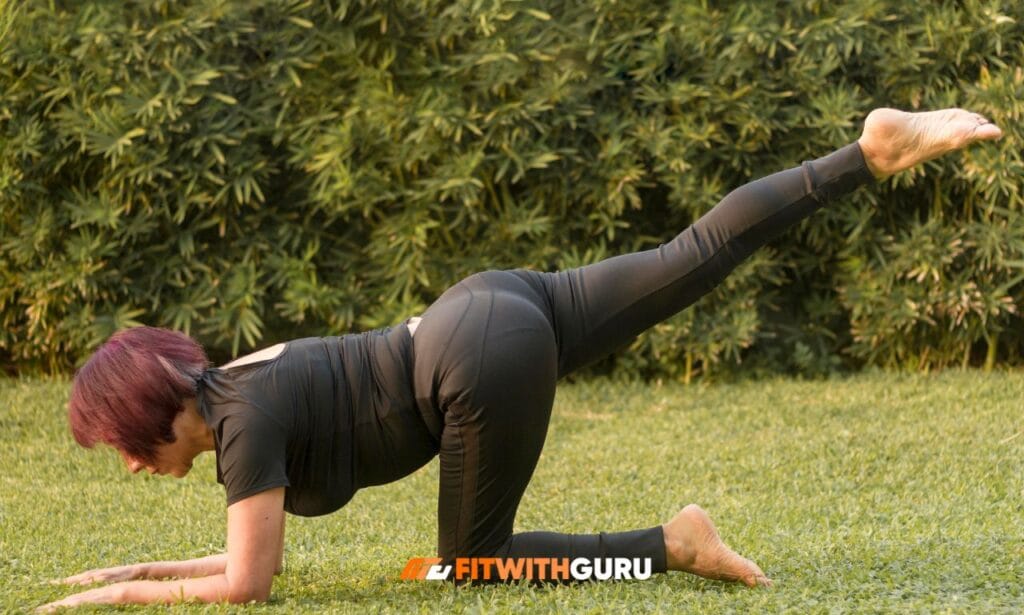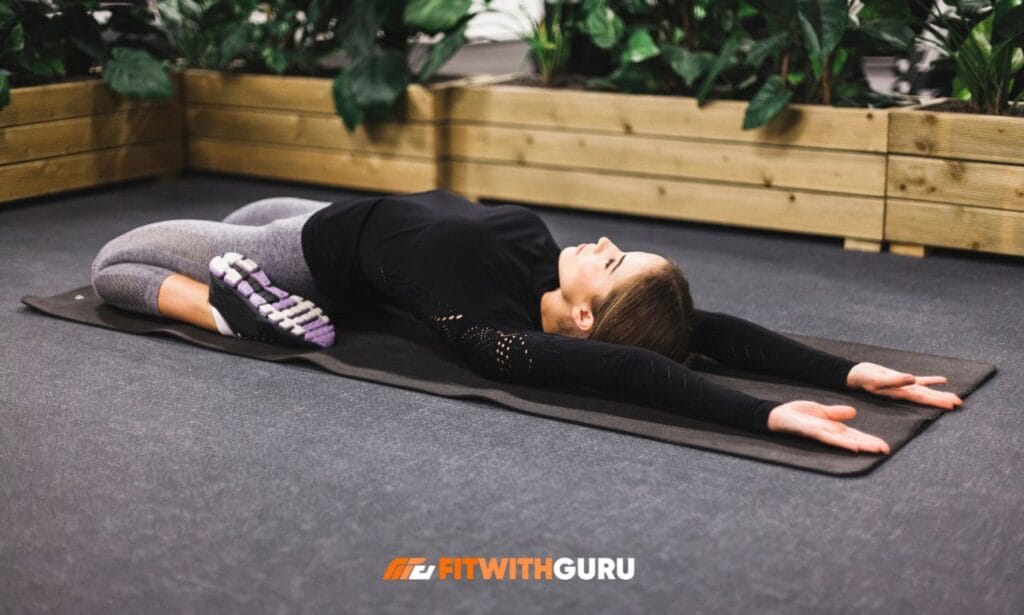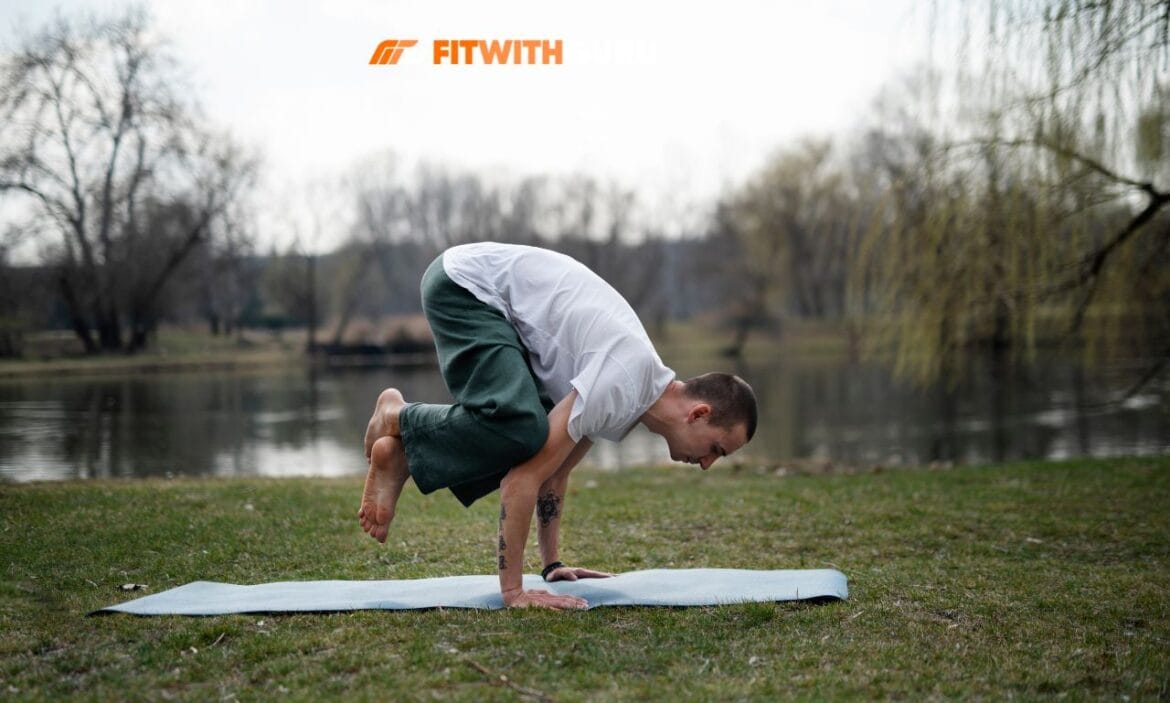Yoga and calisthenics represent two powerful movement disciplines that create a holistic approach to transformation. Many fitness enthusiasts debate yoga vs calisthenics as separate practices. The real magic happens when you blend these complementary systems into one unified training philosophy.
This integration allows you to build functional strength, flexibility, and mental clarity simultaneously. Athletes and wellness practitioners have discovered that merging these disciplines unlocks unprecedented results.
Understanding the Synergy Between Yoga and Calisthenics
The relationship between yoga vs calisthenics goes far deeper than most people realize. Calisthenics focuses on using bodyweight to build strength, power, and muscular endurance. Yoga emphasizes breath control, flexibility, balance, and the mind-body connection. When you examine yoga vs calisthenics from a biomechanical perspective, yoga excels at lengthening muscle fibers.
Calisthenics specializes in developing explosive strength and muscle hypertrophy. The beauty of combining them lies in addressing each method’s limitations. Calisthenics athletes often struggle with tight hips and limited shoulder mobility. Yoga practitioners may lack the pushing and pulling strength needed for advanced poses.
A well-designed yoga and calisthenics workout bridges this gap effectively. Research indicates that individuals who practice both modalities show 40% better joint health markers.
The Science Behind Mind-Body Transformation
The transformative power of a yoga & calisthenics routine extends beyond visible physical changes. Neurological studies reveal that combining strength training with mindful movement activates both nervous systems. When you perform a challenging calisthenics move, your body releases adrenaline and cortisol. Following this with a yoga flow triggers the relaxation response.
This creates what researchers call “adaptive stress” for better recovery. The breath work inherent in yoga enhances calisthenics performance significantly. Athletes who incorporate pranayama show 23% better VO2 max scores.
Move #1: Sun Salutation to Burpee Flow
This dynamic combination merges traditional Surya Namaskar with explosive conditioning. Begin in mountain pose and flow through the classic sun salutation sequence. From downward dog, jump your feet to your hands and explode upward into a burpee jump. Land softly back in mountain pose. This yoga & calisthenics workout move elevates your heart rate while maintaining mindfulness.

The transition between flowing yoga movements and explosive calisthenics creates cardiovascular challenge. Perform 5-8 rounds at the beginning of your practice to warm up your entire body.
Move #2: Warrior Series to Pistol Squat Progression
The warrior poses build incredible leg endurance and mental focus. Start in Warrior I with your right leg forward, holding for five deep breaths. Transition to Warrior II, opening your hips and extending your arms. After holding Warrior II, shift all your weight to your front leg. Slowly extend your back leg forward, entering a pistol squat position.
Lower yourself as far as your mobility allows. Use your standing leg to press back up to Warrior II. This progression demonstrates how yoga and calisthenics naturally complement each other. Alternate legs, performing 4-6 repetitions per side.
Move #3: Crow Pose to Push-Up Combination
Building Upper Body Strength Through Balance
Crow pose is an arm balance requiring significant core strength and body awareness. Begin in a squat position and place your hands shoulder-width apart.
Position your knees on the backs of your upper arms. Lean forward, lifting your feet off the ground and balance for 10-20 seconds. From crow pose, slowly extend your legs back into plank position. Perform 5-8 push-ups, then jump your feet back to your hands.
Mastering the Mind-Muscle Connection
This yoga & calisthenics routine element challenges your proprioception. The balance required in crow pose activates stabilizer muscles that standard push-ups don’t engage.
When you transition between these positions, you’re training your nervous system. This integration improves overall body coordination significantly.
Move #4: Downward Dog to Pike Push-Up Progression
Downward-facing dog serves as both a resting pose and a perfect setup for shoulder work. From downward dog, walk your feet closer to your hands. Your body should form a 90-degree angle at the hips. Lower the crown of your head toward the ground by bending your elbows. Press back up to the pike position. Return to downward dog for a breath before repeating.
This movement pattern builds the shoulder strength necessary for advanced poses. The constant core engagement creates functional strength that improves posture. Perform 8-12 repetitions, focusing on smooth, controlled movement.
Move #5: Boat Pose to L-Sit Hold
Core strength forms the foundation of both yoga and calisthenics excellence. Begin in boat pose, balancing on your sitting bones with legs extended. Hold for 30 seconds, focusing on keeping your spine straight. Place your hands beside your hips and press down firmly.
Lift your entire body off the ground into an L-sit position. If you can’t achieve a full L-sit immediately, keep your feet lightly touching the ground. The compression strength developed directly improves advanced poses. Research shows that dedicated L-sit training increases core strength by 45% within eight weeks.
Move #6: Triangle Pose to Side Plank Dips
Targeting Obliques and Lateral Strength
Triangle pose opens the side body and strengthens the legs. From triangle pose on your right side, transition into a side plank. Pivot your back foot and stack your legs. Lower your hip toward the ground, then press back up. Complete 10-15 dips, then return to triangle pose for a 30-second hold. Switch sides and repeat.
Functional Movement for Daily Life
This yoga and calisthenics combination develops anti-lateral flexion strength. This type of strength proves crucial for injury prevention during rotational sports. The integration of stretch and strength exemplifies effective routines.
Move #7: Bridge Pose to Hip Thrust Series
Posterior chain strength often gets neglected in traditional yoga practice.Begin in bridge pose, lifting your hips toward the ceiling. From this position, lower your hips halfway down and pause for two seconds.
Explosively thrust back to full extension. Perform 15-20 pulsing hip thrusts, maintaining constant tension. This movement pattern addresses common weaknesses in modern sedentary lifestyles. By combining yoga’s opening of hip flexors with calisthenics’ glute activation, you create balance.
Move #8: Seated Forward Fold to Negative Pull-Up
This unusual combination demonstrates interconnection between flexibility and pulling strength. Begin with a five-minute seated forward fold. Focus on lengthening your hamstrings and lower back. Move to a pull-up bar and jump to the top position. Lower yourself as slowly as possible, taking 5-10 seconds.
The hamstring flexibility improves your ability to perform hanging leg raises. The eccentric strength from negative pull-ups enhances your ability to hold inversions.
Move #9: Goddess Pose to Jump Squats
Goddess pose builds incredible inner thigh and glute strength through isometric holds. Stand with feet wide, toes turned out at 45 degrees. Lower into a deep squat with thighs parallel to the ground. Hold for 45 seconds, then transition into explosive jump squats. Jump as high as possible, landing softly back in the goddess squat position.
Complete 12-15 jump squats, then return to a static goddess hold for 30 seconds. This yoga and calisthenics workout element develops eccentric loading capacity and explosive power.
Move #10: Savasana to Box Breathing
The Power of Recovery
Transformation happens during recovery, making this final combination essential. Lie in savasana, allowing your body to completely relax. Practice box breathing: inhale for four counts, hold for four counts. Exhale for four counts, hold empty for four counts. Continue this pattern for 5-10 minutes.

Optimizing Adaptation
The intense demands of a routine require intense recovery protocols. Studies show that structured breathwork after training reduces recovery time by 28%. This practice also lowers cortisol levels and activates the parasympathetic nervous system. Many practitioners skip this crucial step, undermining their progress.
Creating Your Complete Yoga and Calisthenics Routine
A balanced yoga & calisthenics routine should include three to four training sessions per week.
Consider this sample weekly structure:
Monday: Full Body Flow (Moves 1, 3, 5, 10) – 45-60 minutes
Tuesday: Active Recovery Yoga – 30 minutes
Thursday: Lower Body Strength (Moves 2, 7, 9, 10) – 40-50 minutes
Friday: Upper Body & Core (Moves 4, 6, 8, 10) – 40-50 minutes
Saturday: Long Yoga Flow – 60-90 minutes
Sunday: Complete Rest
Each session should begin with five minutes of breathwork and joint mobility. Follow with the specific movement combinations. Conclude with extended savasana.
As you progress, increase difficulty by adding repetitions or extending hold times. Track your progress in a training journal. Note not just physical capabilities but also mental clarity and stress levels. The synergy becomes most apparent after consistent practice over 8-12 weeks.
Common Mistakes When Combining Yoga and Calisthenics
Overtraining and Inadequate Recovery
The most frequent error is approaching this yoga & calisthenics workout style with a “more is better” mentality. Both disciplines are demanding. Combining them without proper recovery leads to overtraining syndrome. If you feel persistently fatigued, you’re likely training too frequently.
Neglecting Progressive Overload
While yoga emphasizes staying present, achieving transformation requires progressive challenge. You must gradually increase difficulty by advancing to more complex variations.
Conversely, some calisthenics enthusiasts rush toward advanced skills without developing flexibility. This approach leads to compensatory movement patterns and eventual injury. Balance progression in both disciplines.
Nutrition and Lifestyle Factors for Optimal Results
Your yoga and calisthenics routine exists within a broader lifestyle context. Protein intake should reach 1.6-2.2 grams per kilogram of bodyweight. Adequate hydration supports joint health, aim for 3-4 liters daily.
Sleep quality matters even more than training intensity. Aim for 7-9 hours of quality sleep to maximize adaptation. Consider the timing of your training as well.
Morning sessions tend to emphasize flexibility work. Evening sessions can focus on strength since body temperature peaks in late afternoon. A light meal 90 minutes before training provides energy without digestive discomfort. Post-workout nutrition within 30-60 minutes accelerates recovery.
FAQs
Can beginners start with yoga and calisthenics together, or should they master one first?
Beginners can absolutely start with both practices simultaneously. They complement each other from day one. Learning them together prevents the imbalances that develop when practicing only one discipline. Start with modified versions of each movement. Focus on proper form rather than advanced progressions. Gradually increase difficulty as your body adapts to the combined demands.
How does yoga and calisthenics compare to traditional gym training for building muscle?
When examining yoga vs calisthenics versus weight training, the combined approach builds lean, functional muscle. You might not achieve the same maximum size as heavy powerlifting. You’ll develop superior body control, flexibility, and relative strength. The combination also carries lower injury risk and requires no equipment. This makes it more sustainable for lifelong fitness.
How long until I see visible results from a yoga & calisthenics workout program?
Most practitioners notice improved energy and mental clarity within 1-2 weeks. Enhanced flexibility and body awareness appear by week 4. Visible changes in body composition emerge around week 8. Significant strength gains typically manifest after 3-6 months of consistent practice. Remember that transformation is non-linear. Some weeks you’ll progress rapidly, while others require patience.
What’s the ideal duration for a yoga and calisthenics routine session?
Effective sessions range from 40 to 90 minutes, depending on your goals. A 45-minute session focusing on 4-5 movement combinations provides excellent results. Shorter 20-30 minute sessions work well for maintenance. Longer 75-90 minute practices allow for deeper exploration of both disciplines. Quality and consistency matter more than duration. Three focused 45-minute sessions per week outperform sporadic, longer workouts.
Should I separate yoga & calisthenics into different days or combine them in each session?
Both approaches work effectively. Combining them within single sessions provides superior results for most practitioners. The alternation between strength and flexibility within one workout creates optimal adaptation. However, dedicated yoga days help maintain your flexibility during intensive calisthenics training. Pure strength days allow you to push harder on specific movement patterns. Experiment with both methods to determine what your body responds to best.
Conclusion
The integration of yoga and calisthenics represents more than a training method. It’s a comprehensive approach to human movement that honors both physical capability and mental awareness.
These ten transformative moves provide a practical framework for building strength and flexibility. The debate of yoga vs calisthenics as separate practices misses the fundamental truth. Your body doesn’t recognize artificial boundaries between disciplines.
Movement is movement. The most effective training systems draw from multiple traditions. Your journey with this yoga and calisthenics workout approach will be uniquely yours. Some days the calisthenics elements will challenge you most.

